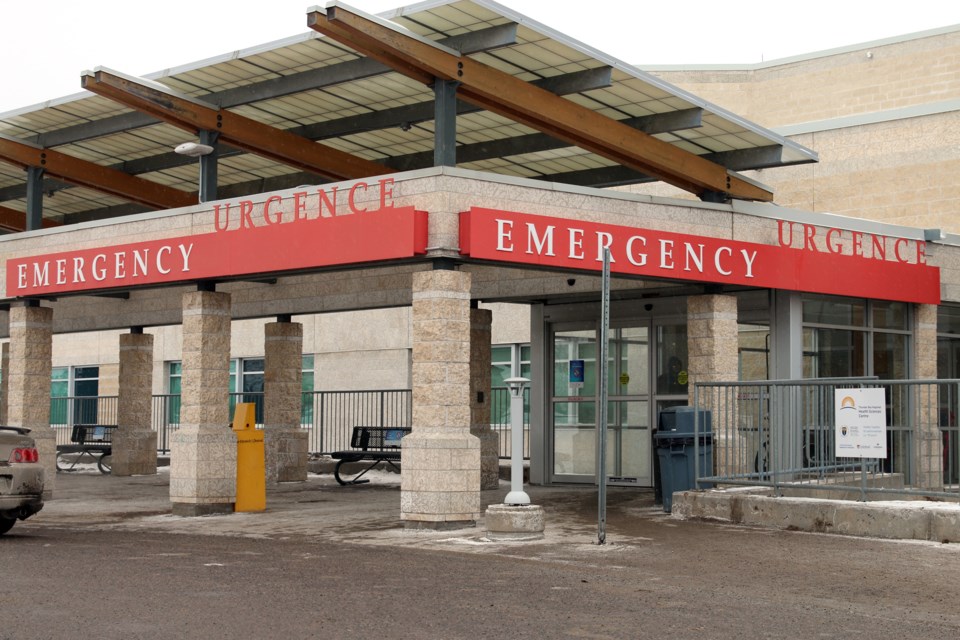THUNDER BAY – With the flu season turning out to be much worse than predicted, the Thunder Bay Regional Health Science Centre is experiencing what administration is calling a surge capacity crisis.
“I’ve never seen it this bad for medical and surgery,” said Stewart Kennedy, executive vice-president of medical and academic affairs and acting president and CEO of the Thunder Bay Regional Health Sciences Centre.
“Our numbers have been a little bit higher than this in points of time, but that’s when we counted in the maternity floor, the neonatal intensive care floor, which is low capacity right now, but our total numbers in medicine and surgery are the worst I’ve seen them.”
Surge capacity, previously referred to as gridlock, means every possible bed at the hospital is filled. Right now, there are 78 patients admitted over the hospital’s normal capacity.
“In the next two weeks, we expect that number could grow,” Kennedy said. “We usually peak in the second week in January, but we are peaking now at the end of December and early January so we still expect those numbers to grow.”
Kennedy added that hospital staff expected to be in a surge capacity and prior to Christmas an additional 22 beds were added into the system, however, those beds were soon filled.
“We did predict this may happen given the flu season,” Kennedy continued.
According to Kennedy, this year’s flu vaccine has not been as effective as in previous years, with only 15 to 20 per cent of the population in Canada being protected.
“That is hitting us now,” he said. “Because of the ineffectiveness of this particular flu shot, not totally ineffective, it is still very valuable to get your flu shot, it’s just not as effective as in past year.”
There are several strategies in place to alleviate the impact of surge capacity on the hospital, including allowing cohort rooms, which is not standard practice, as well as restricting visitors to the emergency department after it saw more than 140 patients last weekend.
“Steps are in place, but we need to be proactive because this year it can get worse,” Kennedy said.
The hospital is also working with the Northwestern Ontario Health Integration Network and St. Joseph’s Care Group to find additional capacity within the city through strategies like home care and repatriating patients from the region back to hospitals in their home community.
Patients at the emergency department may also experience longer wait times, with Level 4 and 5 patients waiting more than three hours to receive care.
Kennedy is urging people to look to alternative care options for non-urgent medical issues, such as clinics. People can call 211 for more information about clinics in the city.
“If they have any other alternatives for non-urgent care, I would probably seek out those non-urgent clinics where they can probably give more timely care and potentially the right care at the right time and the right place,” he said.
Kennedy said the hospital will remain open and is committed to providing top-quality care and he commends the staff, doctors, and nurses who have been working extra hours during this situation.
“The team is working really well together, but it’s the capacity and the room availability,” he said. “The staff is outstanding, we just need more capacity within the facility and that is what we are trying to find.”
